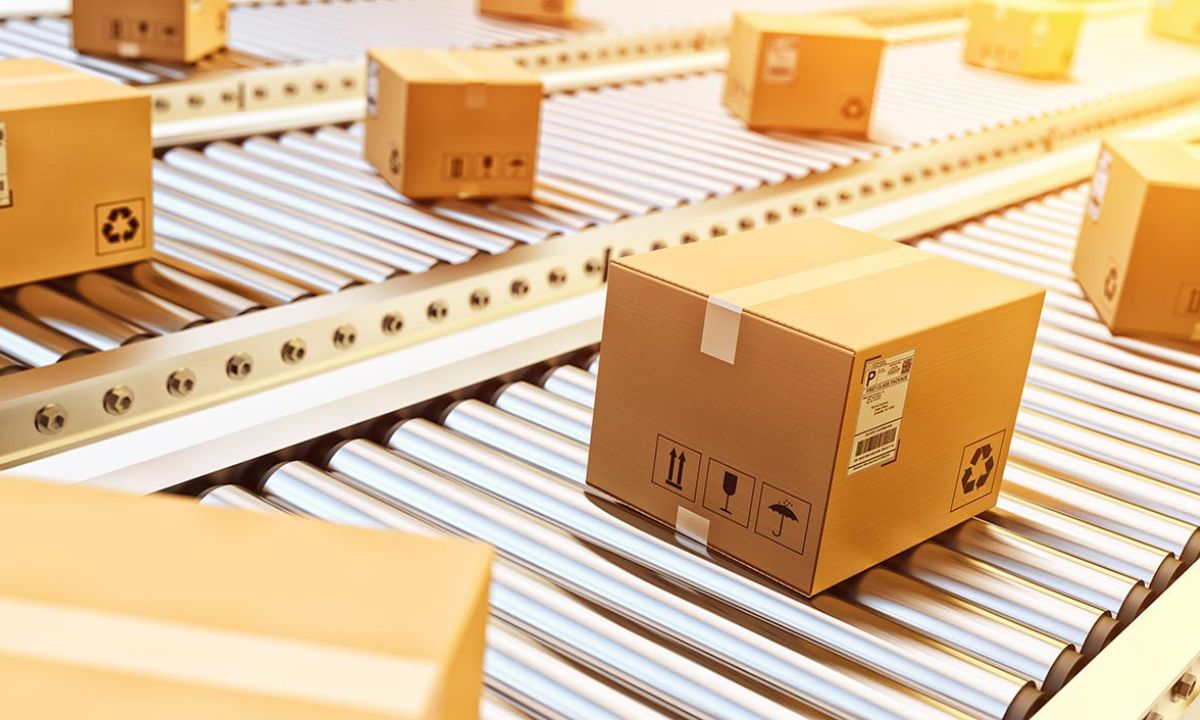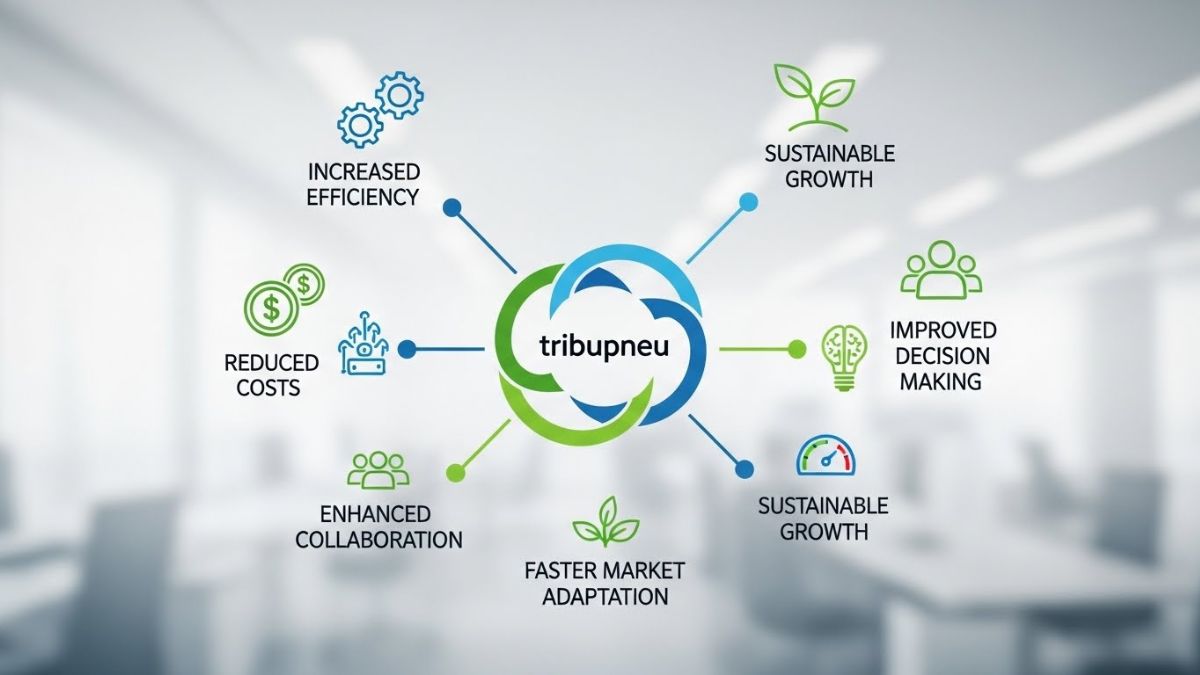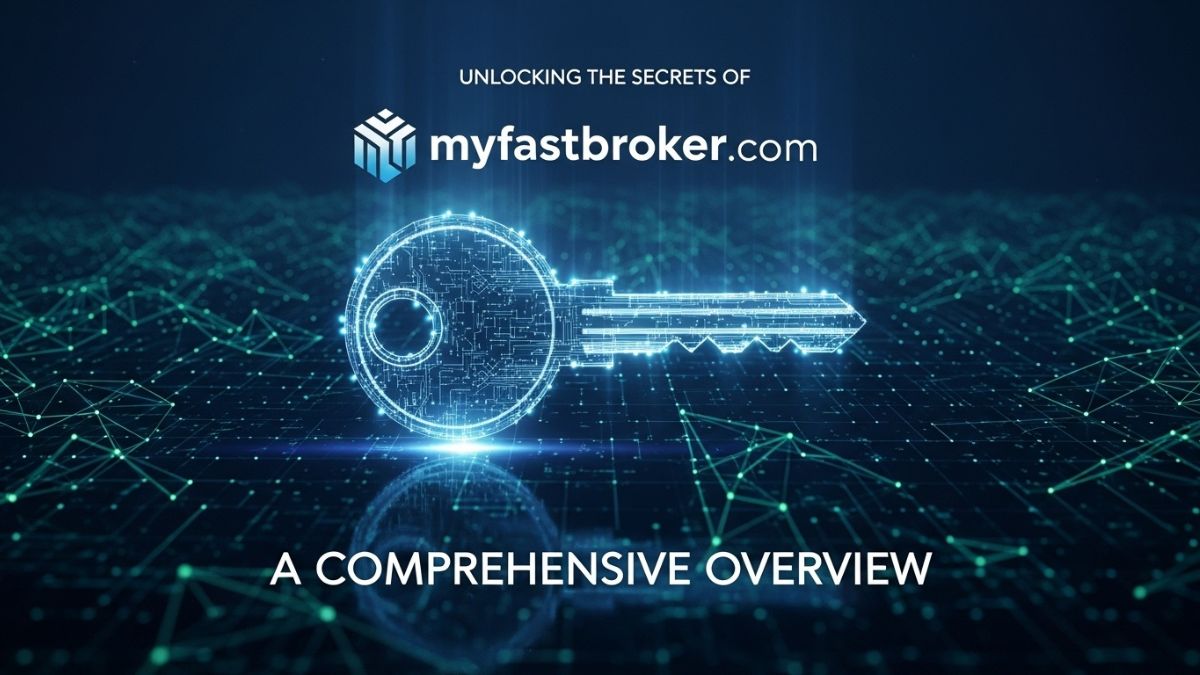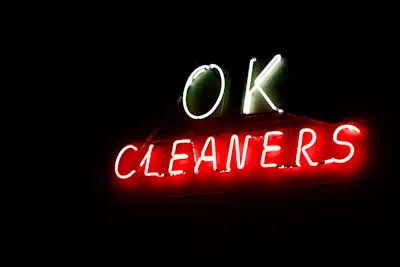Have you ever chosen one product over another just because the packaging looked more appealing? You’re not alone! Packaging design goes beyond the basic function of containing a product—it serves as a marketing tool, a communication medium, and a reflection of the brand’s identity.
How Packaging Affects Consumer Perception
The way a product is packaged can significantly impact its perception. Attractive, well-designed packaging can evoke emotions, trigger curiosity, and influence a consumer’s decision to purchase. Consider how premium chocolates are often encased in elegant boxes, while everyday items come in more straightforward, no-frills packaging. This difference is no accident; it’s all part of the strategy to align with consumer expectations.
The Role of Packaging in Marketing
Packaging is a powerful marketing tool. It communicates the product’s story without needing words. For example, eco-friendly packaging tells consumers the brand cares about the environment. Bright, bold packaging may attract younger buyers, while sophisticated, minimalist designs could appeal to a more mature audience. Ultimately, packaging is a silent salesperson, helping to create an emotional connection with the consumer.
The Evolution of Packaging Design
From Simple to Sophisticated
In the past, packaging was functional designed to simply protect the product. However, as competition grew in the marketplace, brands realised that packaging could be much more than that. Over the years, packaging has evolved from basic, utilitarian designs to sophisticated, attention-grabbing masterpieces that reflect a brand’s identity and values.
Packaging Design Trends Over the Years
In recent years, packaging trends have been shifting towards sustainability, personalization, and innovation. From minimalistic designs to interactive packaging that engages consumers through augmented reality (AR), the evolution of packaging is ongoing. As consumer expectations change, so too does the way packaging is designed.
Key Elements of Effective Packaging Design
Visual Appeal
When it comes to packaging design, first impressions matter. The visual appeal of a product’s packaging can make or break its success. Bright colors, bold typography, and creative designs all play a role in drawing attention. But it’s not just about looking pretty—it’s about making sure the design aligns with the product’s personality and target market.
The Impact of Color and Typography
Colors and fonts are not just decorative elements—they have psychological effects on consumers. For instance, the color red is often associated with excitement and passion, while blue conveys trust and reliability. Similarly, typography plays a key role in setting the tone. Elegant serif fonts may suggest luxury, while bold sans-serif fonts could communicate modernity and simplicity.
Functionality and Practicality
Packaging isn’t just about looks—it’s about functionality too. Consumers expect packaging that is easy to open, resealable, or even reusable. Packaging design needs to strike a balance between aesthetics and practicality to ensure that the product not only looks good but is also easy to use.
Ensuring Product Safety and Ease of Use
Effective packaging design ensures that the product is safe during transit and storage, and that the consumer can easily access it without hassle. Whether it’s a child-proof cap or a tamper-evident seal, packaging design needs to consider these practical aspects to enhance the user experience.
Sustainability in Packaging Design
The Shift Towards Eco-friendly Packaging
As consumers become more environmentally conscious, sustainable packaging has moved from a trend to a necessity. Brands are increasingly adopting eco-friendly materials such as recycled paper, biodegradable plastics, and even plant-based alternatives. Consumers are more likely to support brands that demonstrate a commitment to sustainability, making eco-friendly packaging an essential element of modern design.
The Importance of Branding in Packaging Design
Packaging as a Brand Ambassador
Packaging serves as a brand’s ambassador on the retail shelf. It not only protects the product but also tells the story of the brand. When designed well, packaging can communicate the essence of the brand’s values and personality without saying a word. Think of Coca-Cola’s iconic red and white cans or Apple’s sleek, minimalist boxes—both instantly recognizable and synonymous with the brand’s identity.
How Packaging Conveys Brand Values
Through clever design choices, packaging can reflect the brand’s mission, vision, and values. A brand that values sustainability, for example, will likely opt for packaging that highlights eco-friendly materials and a green design. Similarly, brands focused on luxury might choose high-end finishes, like foil stamping or embossed logos, to elevate the perception of quality.
Differentiation Through Packaging Design
In today’s competitive marketplace, standing out is crucial. Great packaging design can differentiate a brand from its competitors by creating a memorable impression. Whether it’s through innovative design, unique materials, or functional features, packaging can make all the difference in whether a consumer picks up your product or passes it by.
The Role of Packaging Design Agencies
The Expertise of Packaging Design Agencies
Packaging design agencies bring specialized expertise to the table. These professionals know how to blend creativity with strategy to create packaging that not only looks good but also works effectively in terms of marketing and functionality. They work closely with brands to understand their goals, target audience, and product, ensuring that the packaging aligns with all these elements.
How Agencies Help Shape Consumer Products
A good packaging design agency doesn’t just create a box or wrapper—they make an experience. From ideation to execution, packaging designers play a crucial role in shaping how a consumer interacts with a product. Agencies work with brands to ensure that the packaging complements the product’s identity and enhances marketability.
Collaborating with Brands for Impactful Design
Packaging design is a collaborative effort. Agencies work alongside brands to bring the vision to life, ensuring the packaging correctly speaks to the consumer. This creative partnership can result in packaging that’s not just beautiful but also functional, marketable, and aligned with the brand’s core values.
The Future of Packaging Design
Innovation in Packaging Materials and Technologies
The future of packaging design is exciting, with new materials and technologies paving the way for innovation. Innovative packaging, for example, allows for interactive consumer experiences through QR codes and augmented reality. Meanwhile, new materials like edible packaging and self-healing plastics are gaining traction, offering more possibilities for sustainable and functional designs.
The Growing Focus on Consumer Experience
Packaging will continue to evolve as brands increasingly focus on the consumer experience. It’s no longer just about the product inside—it’s about creating an unforgettable experience for the customer, from when they lay eyes on the package to when they open it.
ALSO READ: Securing Your Future: The Essentials of Binding Financial Agreements











